With the sun (finally) shining and grazing in full swing, now is a good time to think about measures to control mastitis incidence through the summer, and having accurate and appropriate treatment protocols should flare ups occur
While environmental type mastitis (e.coli, s.uberis etc.) has always been seen as a ‘housed cow’ issue, pasture management and grazing behavior can also be a significant risk factor.
If environmental mastitis of lactational/dry period origin is identified on your farm, especially with a summer seasonality bias, now is the time to take some simple measures to ease infection pressure and reduce mastitis.
The first step is to note the high-risk areas of fields/paddocks. Like grass; bacteria like warm, damp conditions to grow. Pay special attention to areas of high cow traffic, lying areas, or sheltered areas where cows tend to gather at night such as under trees. Is it possible to fence off heavily contaminated areas, move water troughs, or install concrete pads on or around high-traffic areas?
Feeding silage or TMR should be done before milking, so cows will ideally graze post-milking and not lie in contaminated areas with open teat sphincters. If cows have access to sheds, cubicles, and walkways should be managed as meticulously as in wintertime.
Having had such a wet winter and spring, cow tracks have been eroded and damaged on almost every grazing farm. Consider thinking of alternative routes eg. spur roads to avoid walking cows on heavily damaged, wet, contaminated areas when it does (inevitably) get wetter into the autumn – this will also aid lameness control.
Mastitis treatment recommendations are constantly evolving. Milk culture results as well as cell count and clinical case data should be regularly reviewed with your vet to make sure that we are controlling mastitis effectively while using antibiotics in a responsible way. Anti-inflammatories are also an essential part of treatment and 0h milk withdrawl products are available.

A Quick Note on ‘Summer Mastitis’
Summer mastitis is a bacterial udder infection of non-lactating cows and heifers, spread by flies. If you have a disproportionate amount of heifers calving in with 3
quarters it may be indicative of an issue. Good fly control is the key. Avoid grazing closed-in fields with cover for flies, ensure fly protection with spot-on products is kept up all summer. The use of prolonged-release products such as tags may help if repeated handlings of stock is not possible.
Our LLM techs have been busy recently re-starting our fly parasite programmes across the area. These have made a real difference to nuisance fly numbers on farms over time. Speak to your vet who can advise on how parasitic wasp fly parasites could be part of your fly control this year.
LLM Derbyshire and Lancashire can now carry out in-house diagnostics using ‘Mastatest’ equipment. This system can indicate the presence of, and type of bacteria in the sample within 24 hours and can guide what treatment is appropriate for an individual case, it will also automatically save information on each cow to guide future treatments/drying off plans. We see it as a great tool to guide treatments, leading to a reduction in antibiotic usage and more salable milk.
To find out more about our mastitis control plans, mastatest or any other mastitis queries speak to us!

Will demonstrating the Mastatest machine at Bakewell.
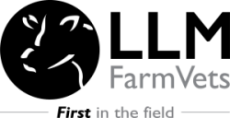
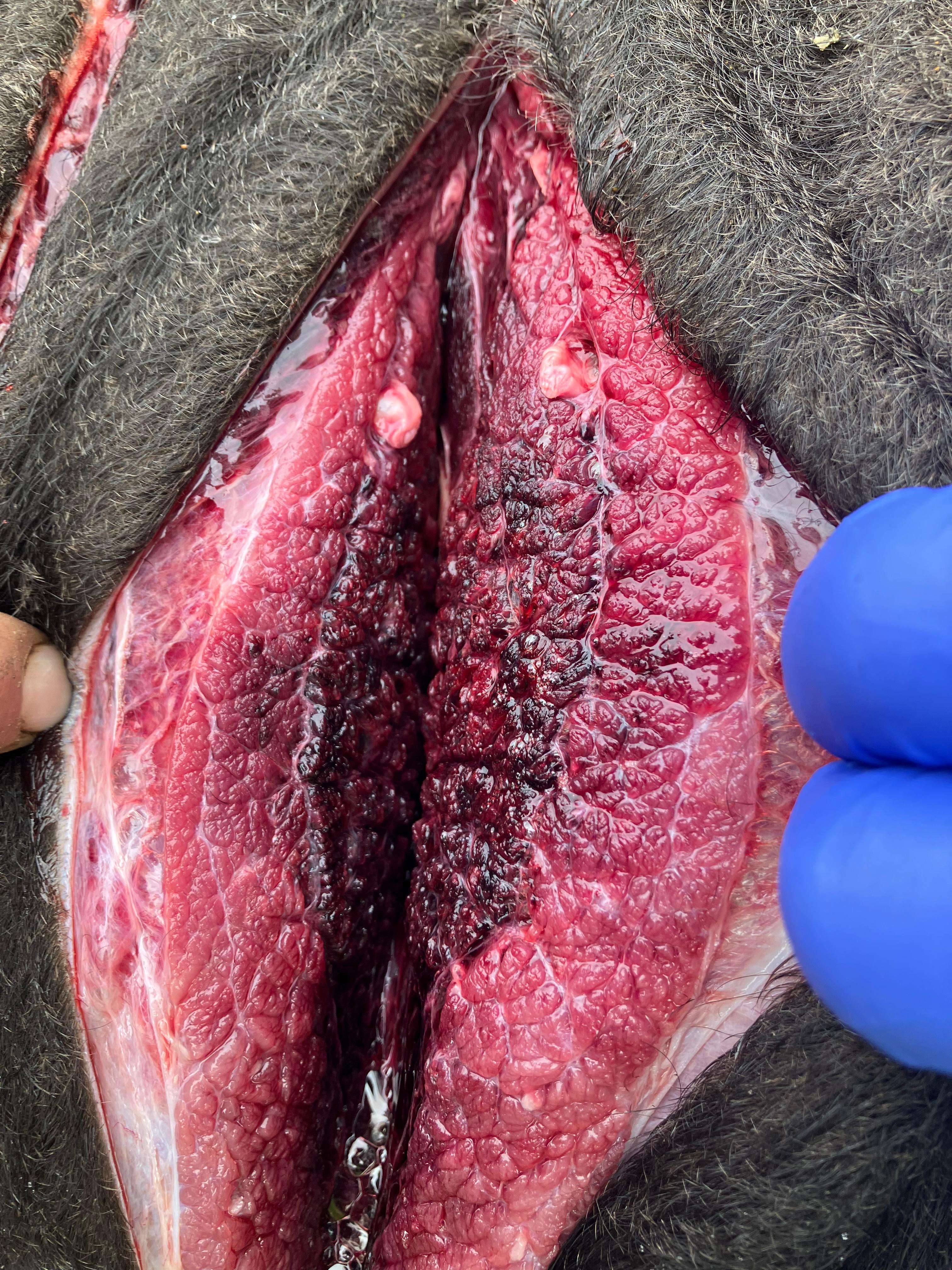

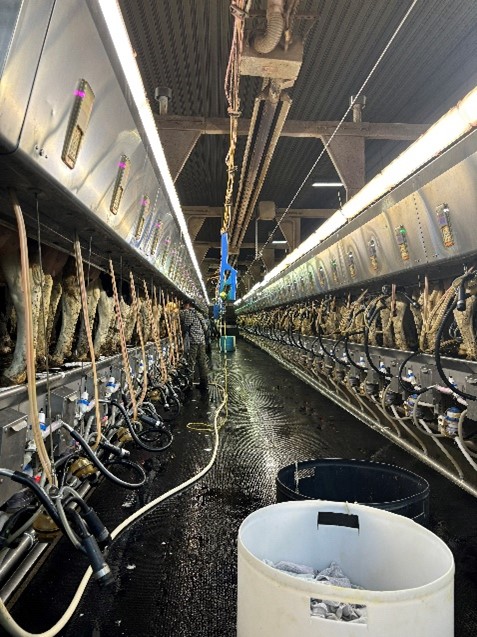
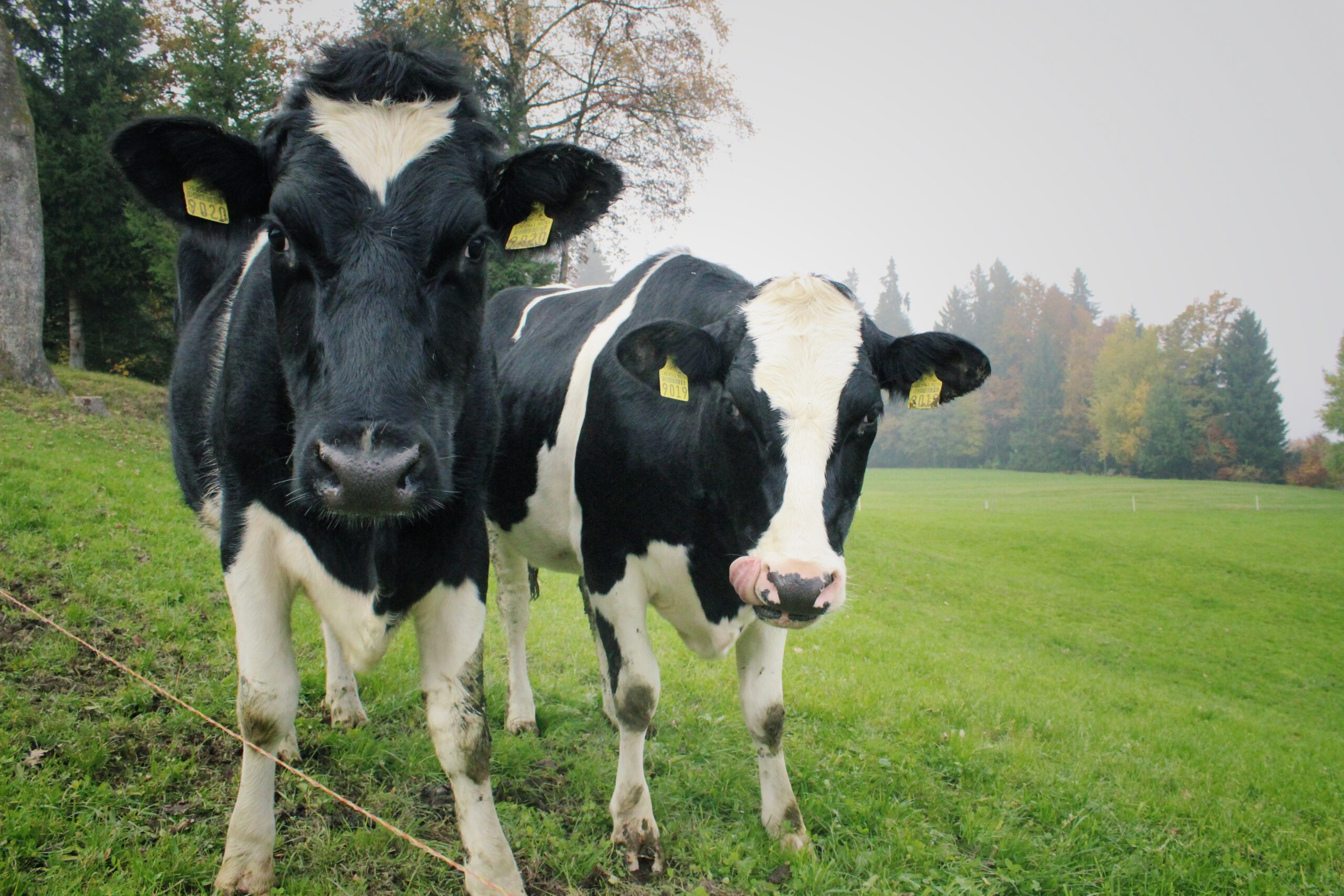
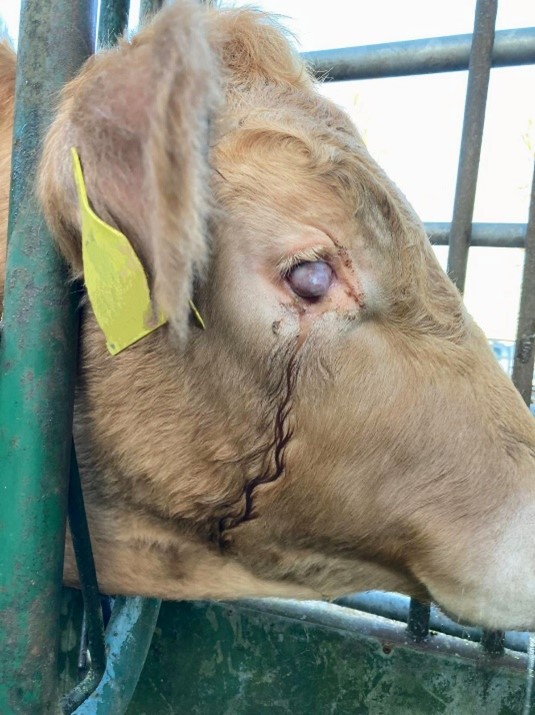

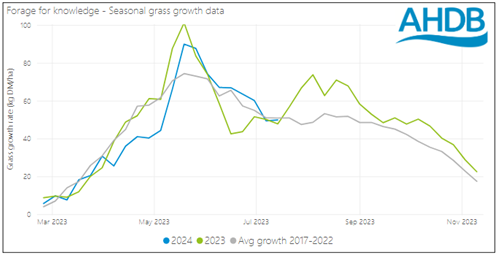
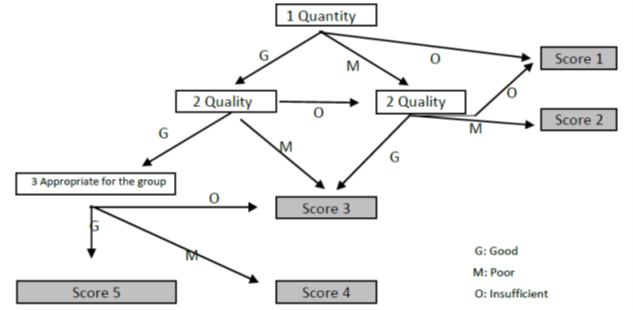
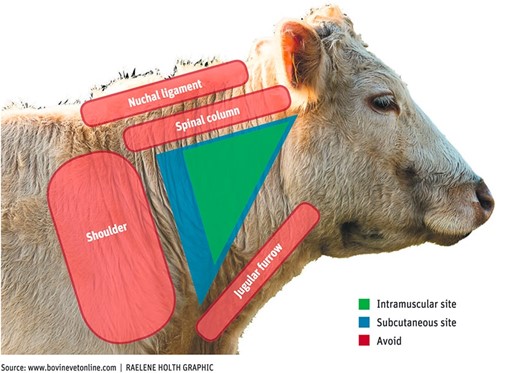

Leave A Comment